
How to Protect Yourself from Cold and Flu in the New Year
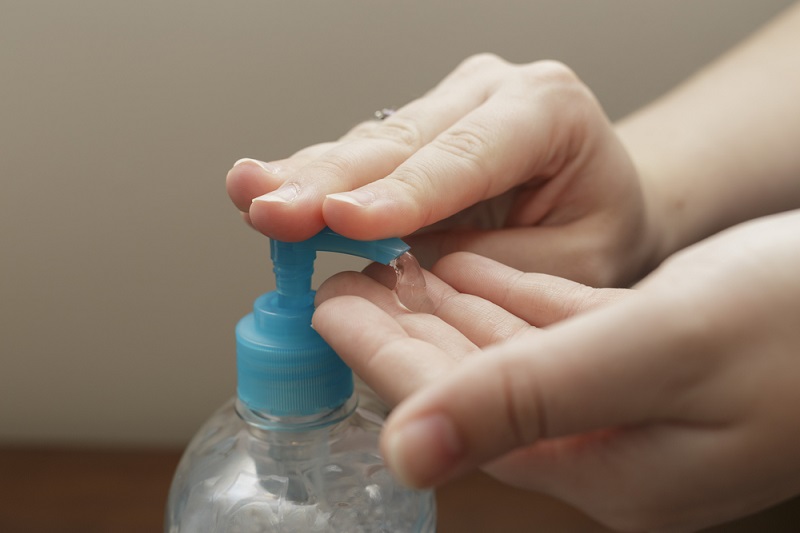
Live Science is bringing our readers a monthly series on personal health goals. We'll give you tips and tricks for reaching those goals, based on the advice we've gathered from the countless health experts we've interviewed. Each month, we'll focus on a different goal, and the goal for September is "avoiding colds and flu." Follow us on Facebook and Twitter to connect with other readers who are working toward these goals.
Jump to: January — Lose Weight | February — Eat Healthy | March — Start Exercising | April — Cope with Allergies | May — Protect Yourself from Sun and Heat | June — Stay in Shape Outdoors | July — Get Gutsy About Gut Health | August — Sleep Better
When the weather starts to cool down and you feel a nip in the air, it means that cold and flu season are just around the corner. Although there is no sure-fire way to avoid catching a cold or the flu, there are a number of things you can do to reduce your risk of these illnesses this fall and winter. On this page, we've rounded up the most important information from Live Science on how to help prevent cold and flu, and what to do if you get sick.
Cold & flu basics
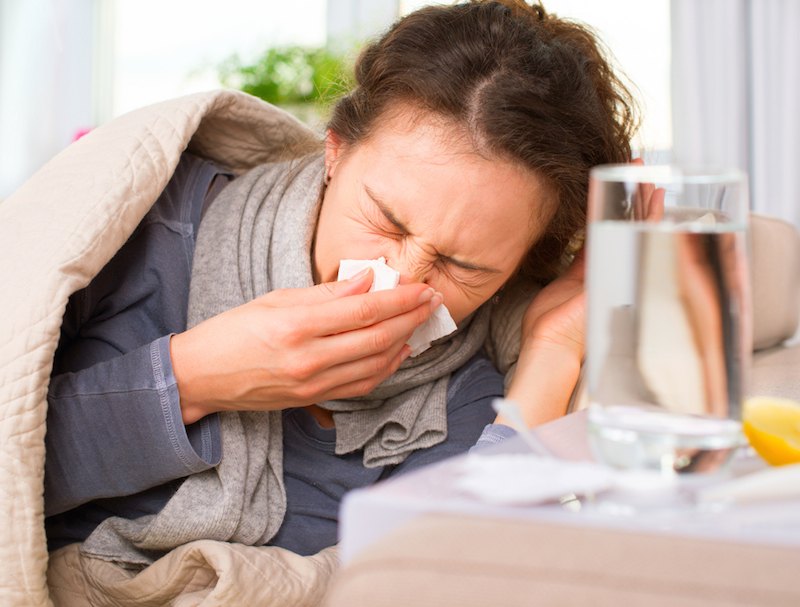
Cold and flu infections both cause similar symptoms, and they are both more common in the winter months compared to other times of the year. But these illnesses have important differences. For example:
- Only influenza viruses cause the flu, while many different viruses can cause colds.
- There is a vaccine to prevent the flu, while there is no vaccine to prevent the common cold.
- Adults have an average of two to three colds a year, but only get the flu about twice a decade. Kids get colds and the flu more frequently.
Still, when you come down with the winter sniffles, you may be wondering — is this the flu, or a really bad cold? It may be hard to tell the difference based on symptoms alone, but there are some clues. Here are some ways you may be able to tell if you have a cold or the flu:
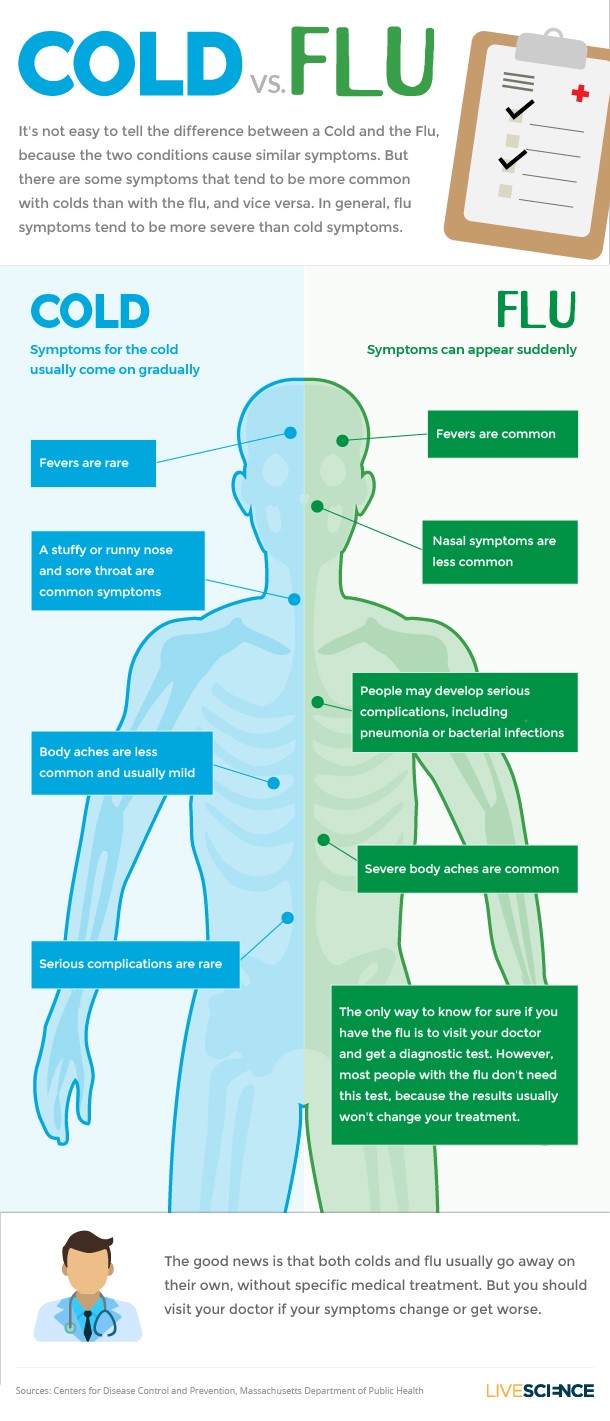
All about flu vaccines
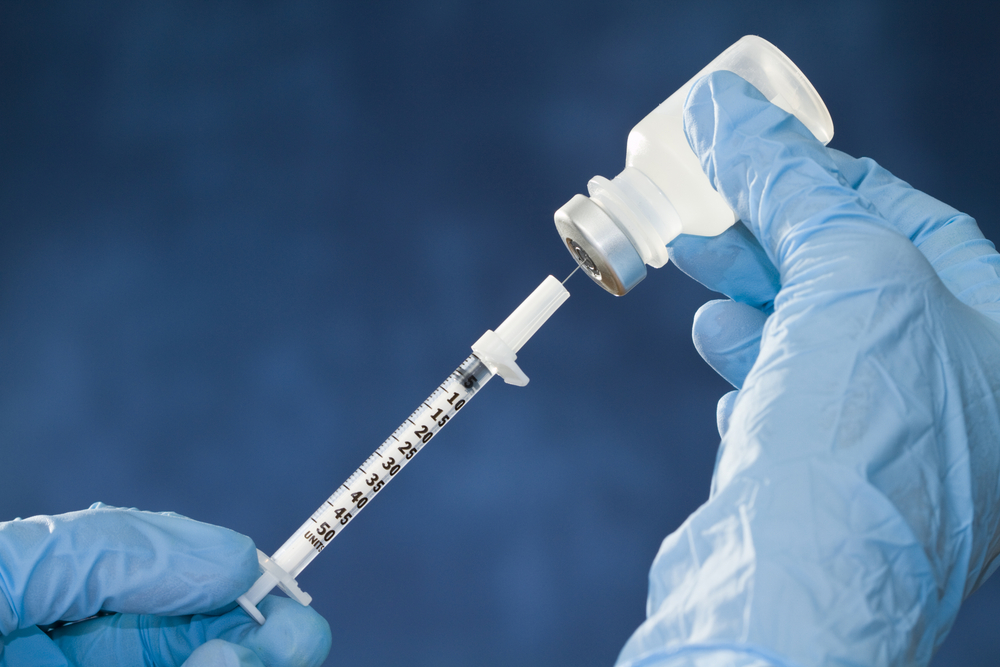
According to the CDC, getting an annual flu shot is the best way to protect yourself from the flu. The flu vaccine is recommended for everyone ages 6 months and older.
Check out Live Science's comprehensive flu shot page to learn about the types of vaccines, side effects and more.
Sign up for the Live Science daily newsletter now
Get the world’s most fascinating discoveries delivered straight to your inbox.
Even more flu shot facts:
- When's the Best Time to Get the Flu Vaccine?
- 'Microneedle' Patch Promises Painless Flu Vaccine
- Flu Vaccine and Narcolepsy: New Findings May Explain Link
- Flu Shots Keep Older People Out of the Hospital
- 6 Flu Vaccine Myths
How to avoid catching colds & flu
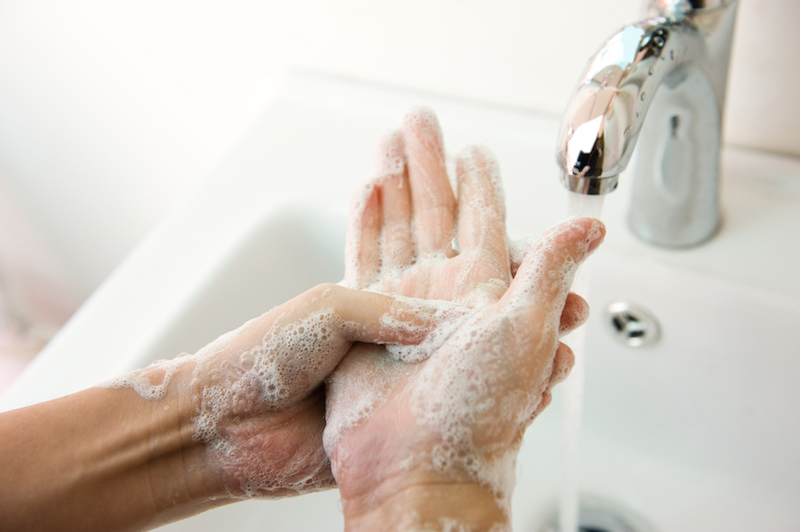
Getting a flu shot may reduce your risk of catching the flu, but it doesn't protect you from colds. Still, there are things you can do that may lower your risk of catching colds, and provide additional protection from the flu. Here are some cold and flu prevention tips:
- Wash your hands often. Use soap and water, and scrub your hands for at least 20 seconds. You'd be surprised at how many people don't wash their hands properly.
- If soap and water aren't available, use alcohol-based hand sanitizer that contains at least 60 percent alcohol.
- Get enough sleep. Studies have found that not getting enough sleep is linked with an increased risk of catching a cold or the flu.
- Exercise regularly. Working out on a regular basis may lower your risk of catching a cold, or lower your duration of cold symptoms, according to a 2010 study.
- Stand back: Studies have found that flu virus particles exhaled by a sick person travel at least six feet.
- Consider wearing a mask. If you're taking care of a person sick with a cold or the flu, wearing a surgical mask may reduce your risk of catching the illness.
More information:
- The Science of Vitamin C: Can Taking It Prevent a Cold?
- Preventing and Treating a Cold: What Works?
- Vitamin D Doesn't Fight Off Colds
- How Do We Catch the Flu?
- Does A Warmer World Mean Less Flu?
Cold & flu remedies

Alas, there is no foolproof way to entirely avoid catching a cold or the flu. And so, despite your best efforts, you may still end up with the sniffles this winter. Most people with a cold or the flu will get better on their own, without specific medical treatment. But in general, it's recommended that you drink plenty of water and get plenty of rest while you're sick. In addition, you may consider the following:
- Antiviral drugs for the flu. These drugs are only recommended for people at risk for serious complications from the flu. This "high risk" group includes people ages 65 and older, pregnant women, young children and people with certain medical conditions.
- Pain relievers. The medicines ibuprofen and acetaminophen may reduce pain and fever.
- Over-the-counter nasal sprays or decongestants. These may help with nasal symptoms.
- Do not take antibiotics, because these drugs will not help with a cold or the flu.
- Although many people turn to vitamin C supplements when they have a cold, vitamin C is not proven to shorten the duration of colds or help with symptoms.
- See a doctor if you have trouble breathing; you have a high fever (greater than 101.3 degrees Fahrenheit); your fever lasts five days or more, or goes away but then comes back; you experience sudden dizziness, confusion or severe or persistent vomiting; your cough lasts longer than 3 weeks.
How to avoid spreading colds & flu
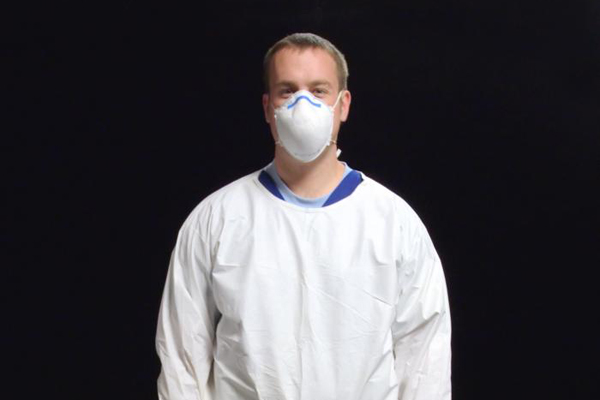
To avoid passing on colds or the flu to your friends and family, there are several steps you can take:
- Stay home while you're sick and avoid close contact with others, such as hugging, kissing or shaking hands. If you have the flu, stay home for at least 24 hours after your fever goes away.
- One study published in 2012 suggested that, if you have the flu, you should stay at home for four days after you start showing symptoms. But after that, people aren't very contagious, the researchers said.
- Wash your hands often, especially after blowing your nose, sneezing or coughing into your hands.
- Disinfect frequently touched surfaces.
Original article on Live Science.

Rachael is a Live Science contributor, and was a former channel editor and senior writer for Live Science between 2010 and 2022. She has a master's degree in journalism from New York University's Science, Health and Environmental Reporting Program. She also holds a B.S. in molecular biology and an M.S. in biology from the University of California, San Diego. Her work has appeared in Scienceline, The Washington Post and Scientific American.









